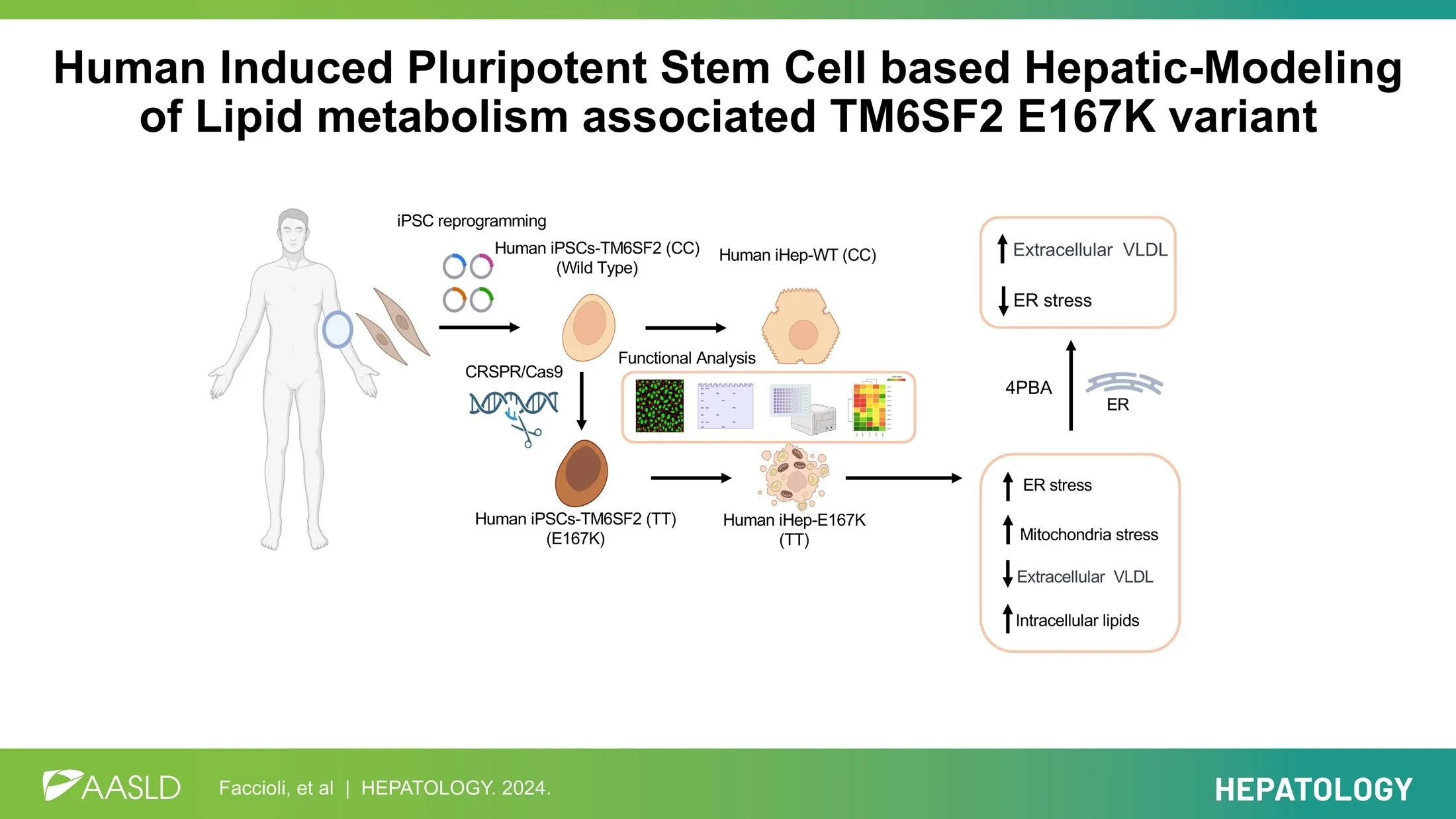New Stem Cell Model Uncovers Clues About Liver Disease Linked to a Genetic Mutation
In a recent paper published in Hepatology by the American Association for the Study of Liver Disease, researchers have created a new human cell model to study a genetic mutation (TM6SF2-E167K) that can lead to liver disease. This mutation is known to increase the risk of developing fatty liver conditions, but earlier studies on mice gave mixed results, making it hard to understand fully. Now, using human stem cells, researchers are getting clearer answers.
By editing the genes of human stem cells, researchers introduced the TM6SF2-E167K mutation. They then transformed these stem cells into liver cells to see how the mutation affects the liver. The results showed that the liver cells with the mutation had more fat buildup and less ability to release fats into the bloodstream, both signs of liver disease.
The study also found that the mutation made the liver cells more stressed and prone to inflammation, which can further harm the liver. However, researchers discovered a potential way to help improve how proteins fold inside the liver cells, which could reduce stress and help the cells work better.
This new model provides a valuable tool for scientists to study the mutation and explore new treatments for liver disease caused by genetic factors. It could also help in developing drugs to target these specific liver problems.
This research and model resulted from a collaborative effort between the Drug Discovery Institute, the University of Pittsburgh, the Pittsburgh Liver Research Center, the University of Michigan, the Children’s Hospital of Pittsburgh of UPMC, and Tsinghua University.

